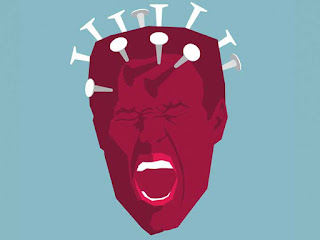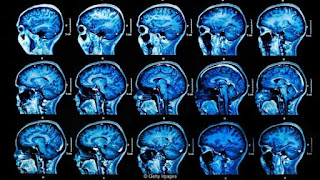Fact and Figures about Migraine
Migraine is an extraordinarily prevalent neurological
disease, affecting 39 million men, women and children in the U.S. and 1 billion
worldwide.
Everyone either knows someone who suffers from migraine or
struggles with migraine themselves.
- Migraine is the 3rd most prevalent illness in the world.
- Nearly 1 in 4 U.S. households includes someone with migraine.
- Amazingly, 12% of the population – including children – suffers from migraine.
- 18% of American women, 6% of men, and 10% of children experience migraines.
- Migraine is most common between the ages of 25 and 55.
- Migraine tends to run in families. About 90% of migraine sufferers have a family history of migraine.
Most people don’t realize how serious and incapacitating
migraine can be.
- Migraine is the 6th most disabling illness in the world.
- Every 10 seconds, someone in the U.S. goes to the emergency room complaining of head pain, and approximately 1.2 million visits are for acute migraine attacks.
- While most sufferers experience attacks once or twice a month, more than 4 million people have chronic daily migraine, with at least 15 migraine days per month.
- More than 90% of sufferers are unable to work or function normally during their migraine.
Migraine is not just a bad headache.
- Migraine is a neurological disease with extremely incapacitating neurological symptoms.
- It’s typically a severe throbbing recurring pain, usually on one side of the head. But in about 1/3 of attacks, both sides are affected.
- In some cases, other disabling symptoms are present without head pain.
- Attacks are often accompanied by one or more of the following disabling symptoms: visual disturbances, nausea, vomiting, dizziness, extreme sensitivity to sound, light, touch and smell, and tingling or numbness in the extremities or face.
- About 25% of migraine sufferers also have a visual disturbance called an aura, which usually lasts less than an hour.
- In 15-20% of attacks, other neurological symptoms occur before the actual head pain.
- Attacks usually last between 4 and 72 hours.
For many sufferers, migraine is a chronic disease that
significantly diminishes their quality of life.
- More than 4 million adults experience chronic daily migraine – with at least 15 migraine days per month.
- Medication overuse is the most common reason why episodic migraine turns chronic.
- Depression, anxiety, and sleep disturbances are common for those with chronic migraine.
- Over 20% of chronic migraine sufferers are disabled, and the likelihood of disability increases sharply with the number of co-morbid conditions.
#CallforAbstracts for the Leading Pharma Event #Alzheimers2018 which is scheduled on December 03-04, 2018 at Madrid, Spain. To know more visit: https://bit.ly/2p9olWH




Comments
Post a Comment